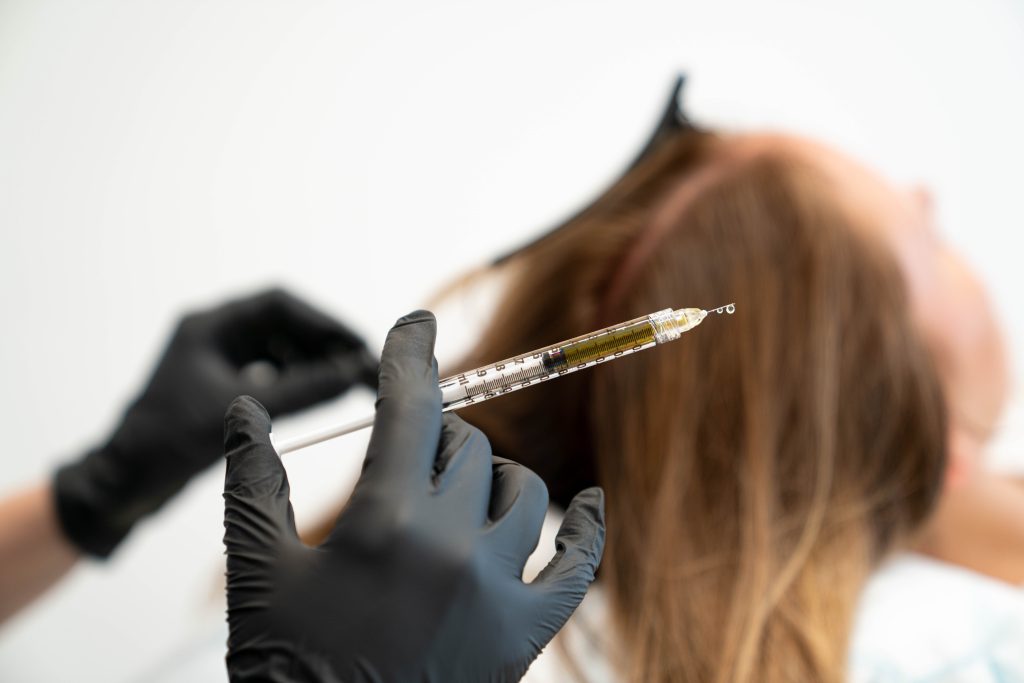ABOUT RING SNAKES IN THE SCALP
The fungus Microsporum audouini
Globally, the fungus Microsporum audouini is a very common cause of ringworm but Trichophyton tonsurans can also cause tinea capitis.
Other fungi that can cause tinea capitis include Trichophyton schoenleinii, Trichophyton megninii in southern Europe and Africa, and Trichophyton violaceum in the Middle East.
The fungus Microsporum gypseum can sometimes cause tinea capitis. This fungus is common in soil and can be transmitted to humans through contact with infected animals.
You can also get ringworm from animals that carry the fungus. Cats in particular are common carriers. Ringworm is contagious. It can be transmitted from one person to another through skin contact. You can also catch ringworm through contact with infected objects such as combs, unwashed clothes and showers.


